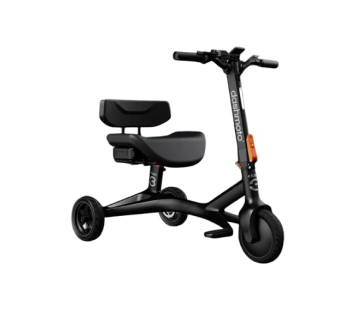While hover cars haven’t yet gone mainstream, many companies and startups have started prototyping concepts that look very promising. Navigating the traffic has become a hassle in the past several years as the number of cars on the streets increases day by day, and getting from point A to point B has become really time-consuming and stressful.
Hover cars may be our solution to this predicament as with them you can bypass road congestion. Also, they will be more environmentally friendly when compared to conventional cars, so no need for an extensive road network and parking infrastructure.
Anyway, what is a hover car you may wonder? A hover car is a personal vehicle that flies at a constant altitude of up to a few meters above the ground and is used for personal transportation in the same way a modern automobile is used.
So far, we have only seen hover car concepts and mock-ups, and with the features they offer, we may have a groundbreaking change in the world of transportation very soon. These alternate vehicles take off and land vertically, but unlike flying cars that look more like helicopters, hover cars look like the cars from ‘The Fifth Element.’
But that is just the beginning, in the future, once the first models are launched, the industry may start working on more advanced models that may include flying/hover buses and trucks.
In this article, we’ll be discussing the science behind hover cars, their current state, and the future of hover cars. Without further ado, let’s start examining the science behind these flying vehicles.
Table of Contents
The science behind hover cars: are they real?
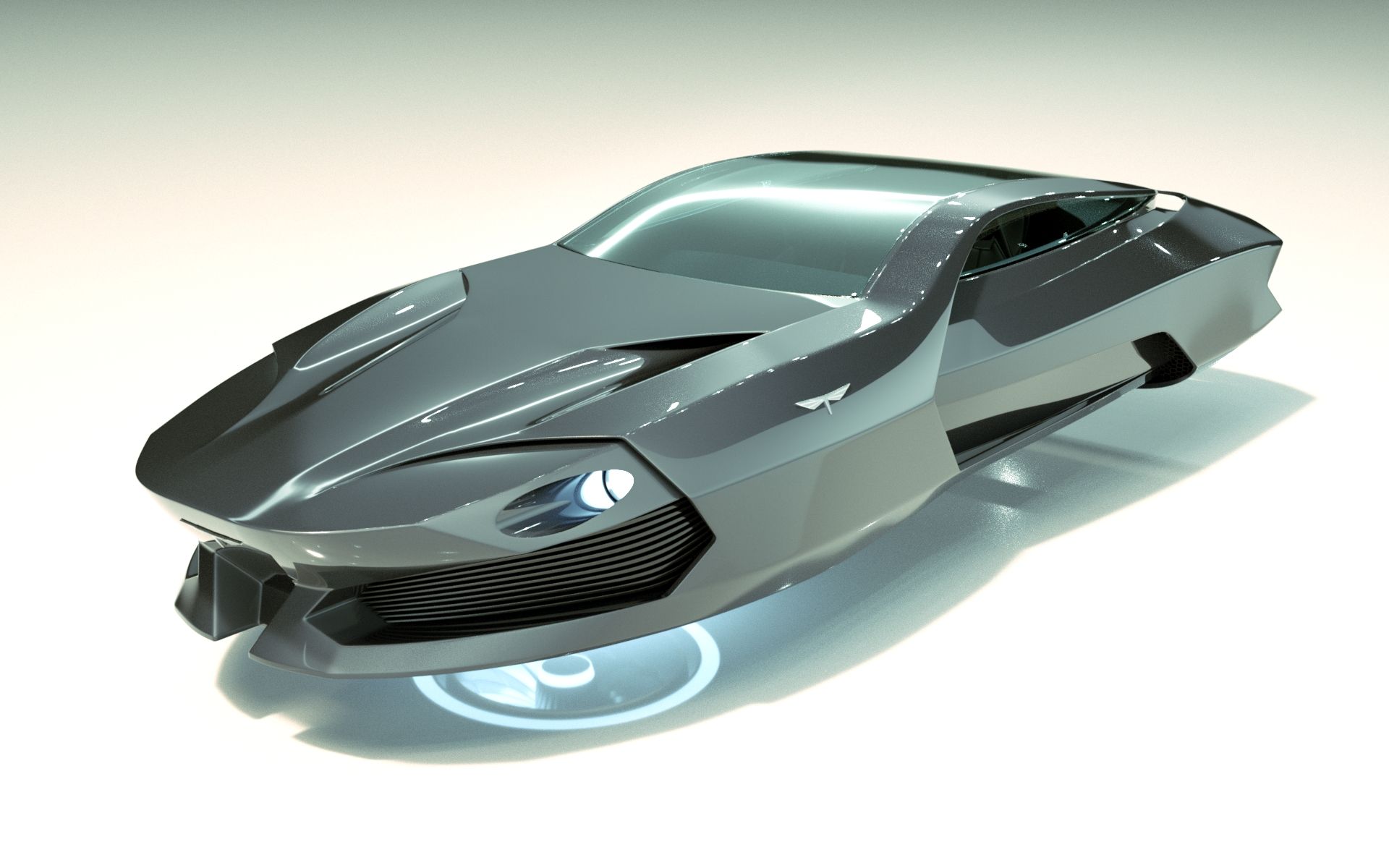
Although the idea of hover cars is fascinating, realizing them may be a bit of a hassle as many prototypes face significant challenges in terms of stability, energy consumption, and infrastructure.
One of the main issues is power. For the first hover car models that hit the skies, achieving sustained flight without a significant energy source is currently unfeasible. Also, for this new mode of transportation, three-dimensional control may pose even more challenges when considering safety and maneuverability in different weather conditions.
There are a couple of scientific principles that are being used by many hover car manufacturers to bring these models to reality. For one, magnetic levitation is mostly applied to trains and propels these huge metallic constructions forward without touching the tracks. This same feature may be applied to hover cars to generate repelling forces between the vehicle and the ground.
For example, this Chinese scientist has started experimenting with flying cars that are powered by Maglev.
Hover cars are also Air Cushion Vehicles (ACVs) that use a cushion of air to push air downward to lift themselves off the ground. Although, starting in 2022 scientists have begun experimenting with Maglev and other technologies to create hover cars, a lot more research and experimentation still needs to be conducted before hover cars set off to the skies.
Power
Futuristic hover cars would require a reliable and efficient power source to generate the energy needed for propulsion and levitation. Electric motors powered by batteries or fuel cells could be viable options. But the hard part is making sure the hover car has enough power to lift off and move forward without needing to charge or refuel too often.
Three-dimensional Control
Unlike traditional vehicles that move along flat surfaces, magnetic hover cars would need to navigate in three dimensions – including vertical movement. Advanced control systems incorporating gyroscopes, accelerometers, and precise sensors would be essential for maintaining stability and maneuverability in varied environments. This three-dimensional control feature is essential for the safety and efficient operation of real hover cars in urban, suburban, and off-road settings.
Magnetic Levitation
Utilizing magnetic levitation, hover cars can hover effortlessly above surfaces. Electromagnets in these cars repel against magnetic tracks on the ground and create a stable levitation platform. This is an eco-friendly technology that reduces reliance on fossil fuels and minimizes carbon emissions.
With precise control systems, magnetic hover cars can offer advanced maneuverability to glide through urban landscapes. Safety features ensure stability and collision avoidance, making them a futuristic and practical mode of transportation. Magnetic levitation is our solution to a more sustainable transportation in this tech-driven era.
Design and user experience
You’ll be surprised at how much hover cars prioritize people’s needs and experiences. With an aesthetic design, many hover car concepts offer spacious and luxurious cabins fitted with ergonomic seats and panoramic windows.
Integrated artificial intelligence systems may provide personalized assistance, from adjusting climate control to selecting optimal routes based on traffic and weather conditions. Hover cars will most likely integrate the features of intuitive touchscreen interfaces and voice-activated controls that will make navigating the vehicle more effortless and intuitive. Overall, hover cars will fill your everyday commute with joy — they will be smoother as the wheels won’t be touching the ground, and with voice control and panoramic windows you can really start appreciating your surroundings.
Environmental impact
A recent study in Nature Communications suggests that fully loaded flying electric cars, also known as electric vertical takeoff and landing aircraft (VTOLs), present a more sustainable option for long-distance travel. By analyzing data from various companies, researchers found that flying electric cars could emit 35% fewer greenhouse gases than traditional cars when carrying a single pilot over 100 kilometers (about 62 miles). Although, it is to be noted that the manufacturing process and disposal of hover car components can entail significant energy consumption and waste.
Hover Cars Now
In 2024, there are several concept prototypes that look very promising. And flying cars are actually becoming closer to reality. The world’s first flying car, Alef: The Model A, received legal approval to fly (special certification from FAA). You can drive it on roads and fly it whenever you want to avoid traffic jams. It has a suggested retail price of $300,000.
Audi hover cars
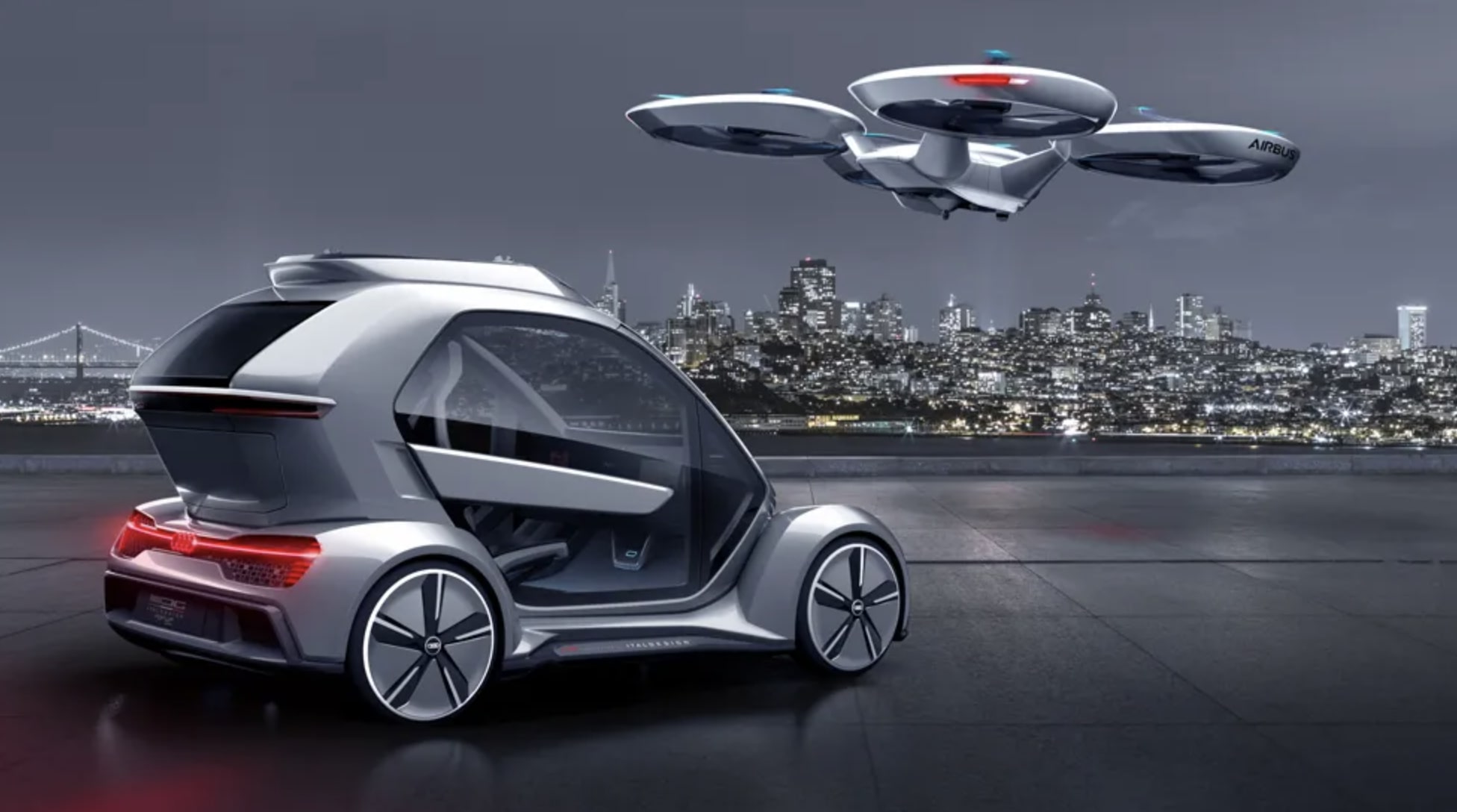
Audi's innovative flying taxi concept comprises a modular design with a two-seat passenger capsule and a four-rotor drone interconnected by a detachable pod. During initial tests, the drone autonomously guided the pod to its destination, where it seamlessly attached to an electric vehicle frame and demonstrated the system's potential.
Audi anticipates that multimodal flying taxi services, operating both in the air and on the road, could become a reality within the next decade, with trials already underway in South America in collaboration with Airbus subsidiary Voom. Also, Audi's involvement in the Urban Air Mobility flying taxi project in Ingolstadt underscores its dedication to advancing urban transportation solutions.
Volkswagen hover car
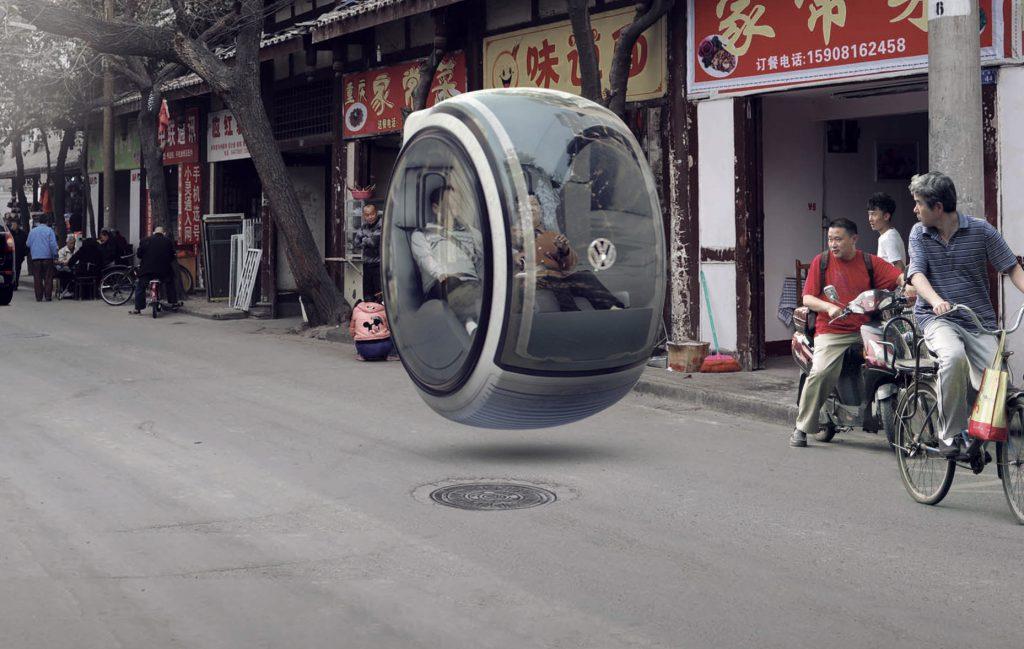
Volkswagen and China's "The People's Project" have revealed a futuristic hover car idea that looks like something from a sci-fi movie, and it’s very different from all the other hover car concepts that we have seen so far.
It's a zero-emissions, wheel-shaped pod that floats above ground using electromagnetic road networks. The concept needs special strips in roads to hover, and thrusters at the back to move forward.
As a side note, Volkswagen also wants to work closely with customers to make future cars to show a shift towards teamwork and listening to what people want.
Tesla hover car
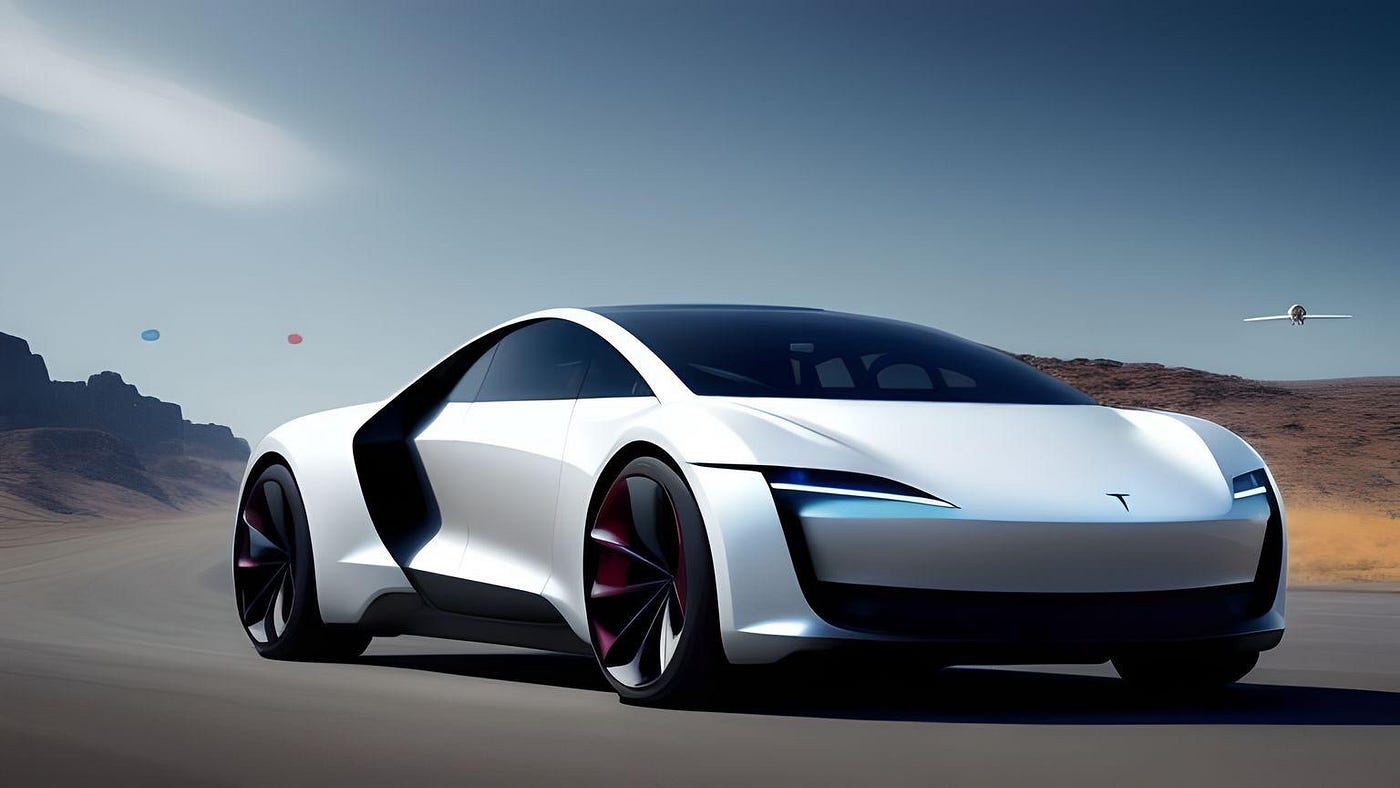
In 2017, Elon Musk announced plans for a second-generation Tesla Roadster with extraordinary performance metrics (such as going from 0-60 mph in 1.9 seconds) and even flying capabilities.
This Tesla hover car is now slated to be released in 2025. Musk said that the car will also have a "SpaceX package" incorporating cold gas thrusters. Despite sensational headlines, it's not only a flying car but a high-performance electric sports car with a special focus on speed and innovation.
But, it is no secret that making a flying car that's both practical and legal is not an easy task. Even though Tesla has made bold moves with cars like the Cybertruck, many doubt if the promised Roadster will ever really happen.
Volar flying car
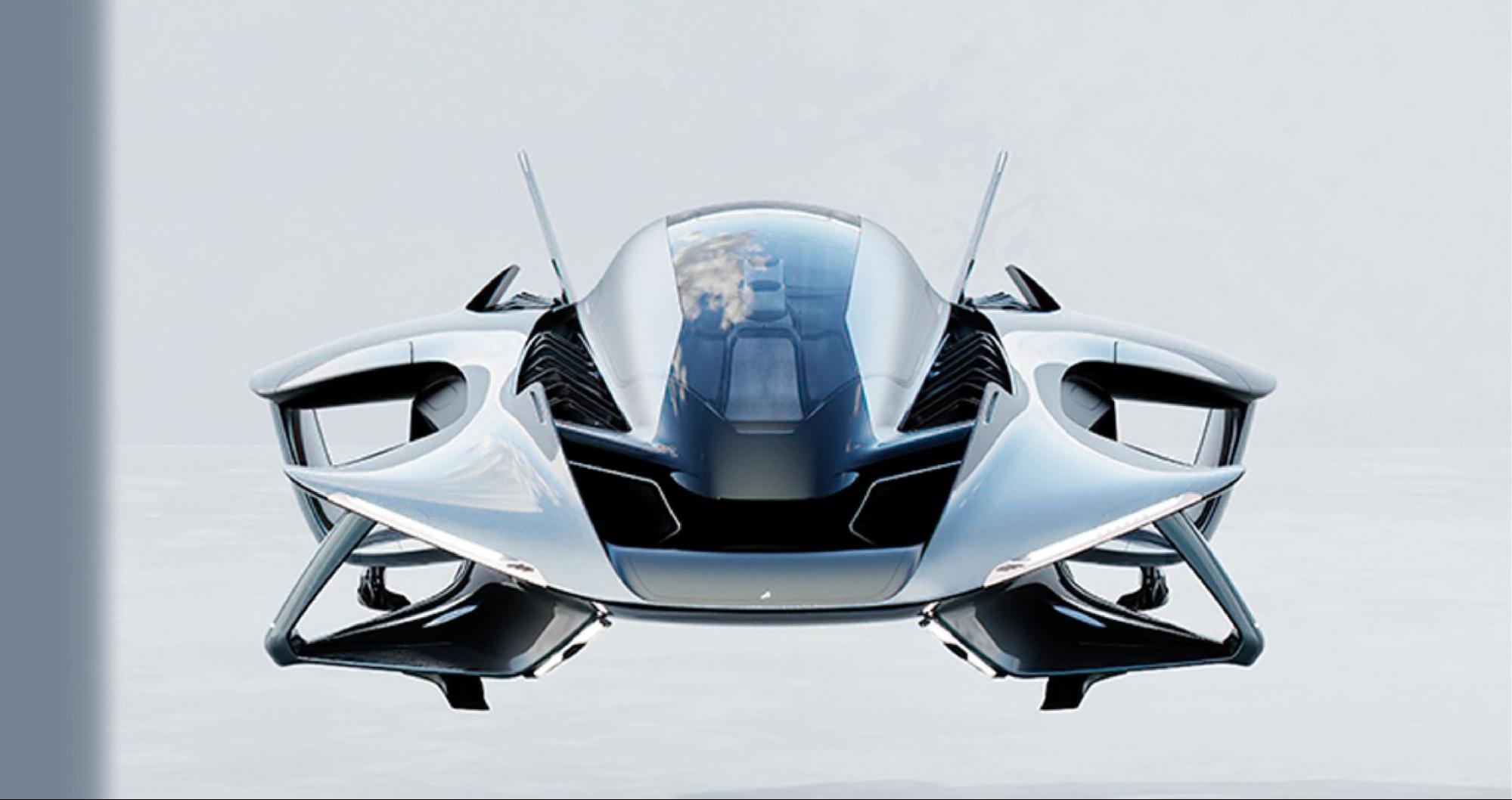
Being 4 times more efficient than a helicopter, the Bellwether hover car is currently undergoing rigorous testing before it’s released.
Bellwether Industries, a British startup, has showcased its flying car prototype's initial untethered test flights. This hover car is an electric vertical takeoff and landing (eVTOL) vehicle, designed to operate without contributing to ground traffic or emissions.
The company envisions a full-scale version seating four to five people with a reaching altitude of 3,000 feet and speed of 135 mph. However, regulatory and public acceptance hurdles slow down the process. The model still requires certification, so we may not be able to see it in the skies in the near future. But so far, it looks very promising.
Hover Cars Future
The future of hover cars implies extreme changes in the perception and experience of urban environments. They will drastically decrease road congestion and the decay of the city-maintained infrastructure.
Hover cars of the future can become a more effective mode of transportation, especially for cities and megapolises. The environment will also be significantly influenced. It is already known that various types of hover car models will run on renewable energy.
This will lower the detrimental impact of the urban environment several folds. Fewer cars on the roads, blue skies, and fresh cityscapes guaranteed. Furthermore, hover cars do not emit sound pollution.
The integration of a collision detection and avoidance system with operational CAD systems will eliminate accidents forever due to the safe distance between vehicles and immediate action to pending danger.
Conclusion
Hover cars might provide a massive escape from road congestion while offering an ecological substitute to conventional cars. But it might take a while until we can see hover cars on the streets or in the skies. Before they’re launched, these flying vehicles need to undergo rigorous testing and get a certification. Also, pilot training courses may also be required before you can take the wheel. Even though hover cars sound a little unrealistic at the moment, given the complications with manufacturing and licensing, but they are completely realistic in terms of science, and the day when we can finally see these vehicles outside the window is very soon.


